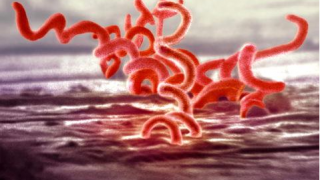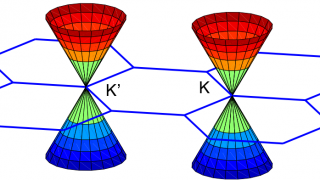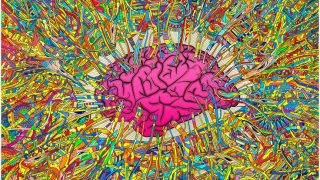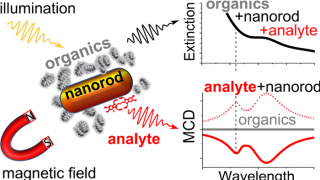
Materials for raising the temperature of the quantized anomalous Hall and magnetoelectric effects
Topological insulators are electronic materials that have a bulk band gap like an ordinary insulator but have conducting states on their edge or surface. The conducting surface is not what makes topological insulators unique, but the fact that it is protected due to the combination of spin-orbit interactions and time-reversal symmetry. Researchers are chasing efficient […]








